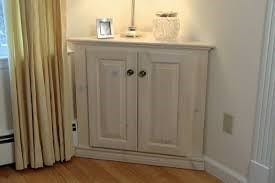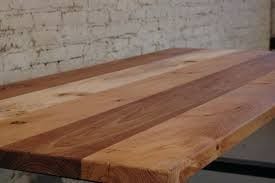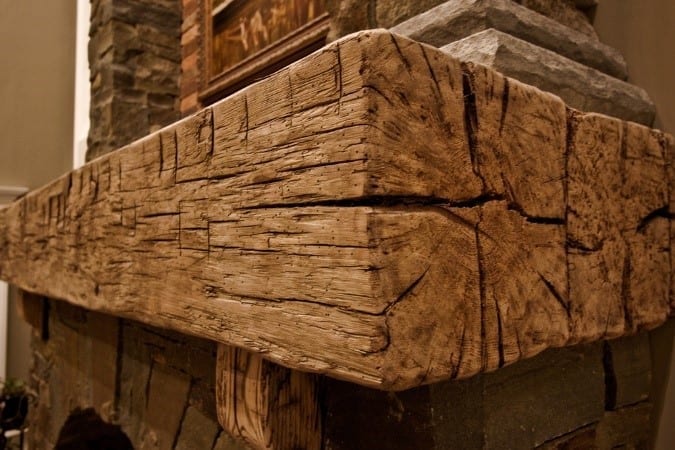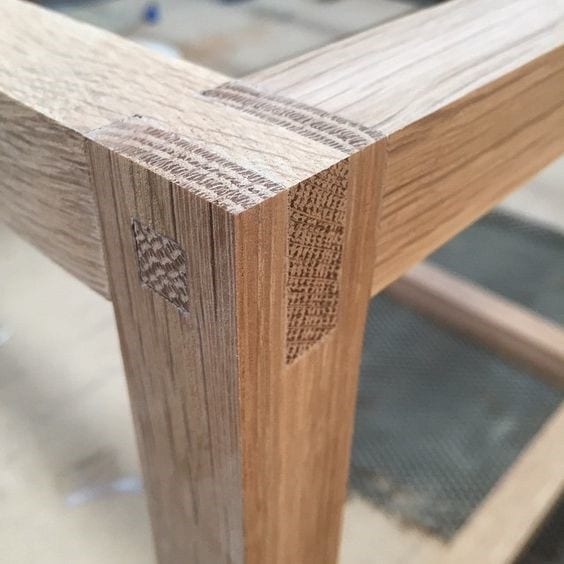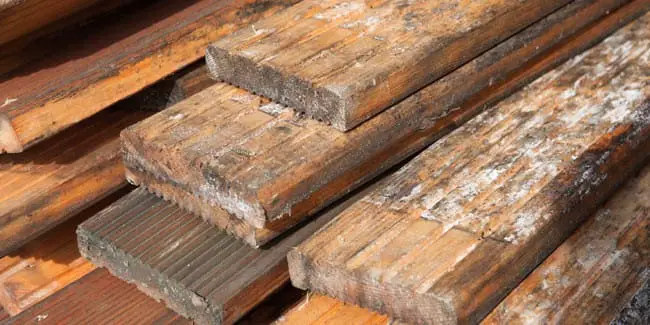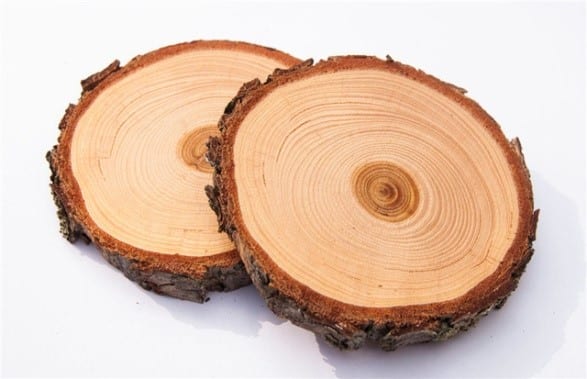Pickling wood is not about stuffing pieces in a jar and preserving it. It is all about aging wood, mostly light-colored wood, so that these look and feels like antique, timeless furniture.
It is also a way to ward off pest especially insects that like to eat and burrow deep into the wood grains.
Pickling involves a steady process of applying chemicals into the wood to change its appearance.
Since wood is a living, breathing material, it changes dramatically and this is usually done on species like ash, oak or pine.
Pickling wood basics
Pickling is also known as bleaching or whitewashing. As these terms imply, wood is subjected to various techniques to make these look lighter. This appearance actually came from the 16th-century practice of infusing wood with lime in Europe.
This was done to prevent insects from infesting the wood. There are many ways to pickle wood. Here are some ways to effectively pickle wood.
Things you will need
- Commercial pickling formula or leftover primer
- Sandpaper
- Medium-sized brush
- 4-inch brush
- Rag or reusable microfiber cloth
- Latex white primer sealer
- Water
- CoatStir (optional)
Commercial pickling formulas
There are commercial pickling formulas that you can use to pickle wood but if you have a leftover primer then you can use this as well. This process is very simple and you can do this even if you have never pickled wood before.
The whitewash will collect in the darker grain and this creates a sort of negative impression of wood for a weathered or driftwood appearance in wood.
Pickling formulas work with red oak and can even work perfectly with pine floors, beadboard wainscot as well as paneled shutters. If you don’t have any leftover primer or paints, check out a premixed pickling solution like MinwaxWhite Wash Pickling Stain which is available in most paint stores.
Step #1
Sand the wood furniture that you want to work with. Sanding removes a little elbow grease. You can also use a medium-grit sanding sponge to scuff up all the surfaces to open pores of the wood. Scuff the wood with the grain.

Source: https://www.bunnings.com.au/diy-advice/home-improvement/tools-and-skills/how-to-restore-wooden-furniture
Step #2
Take a medium-sized brush and apply the solution.
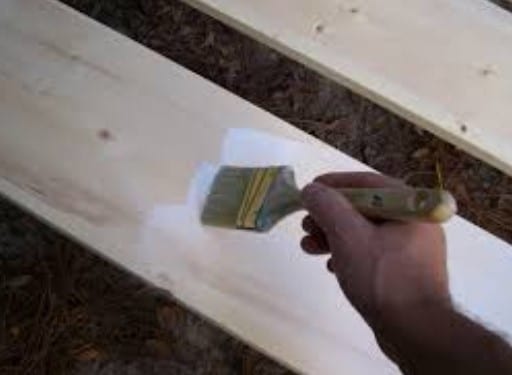
Source: https://homefixated.com/pickling-wood-ten-tips/
Step #3
Wipe the paint off with a rag.
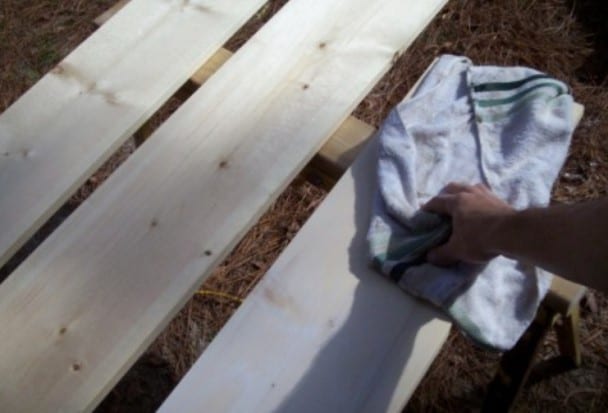
Source: https://homefixated.com/pickling-wood-ten-tips/
Step #4
When you are done painting your wooden furniture, vacuum any sawdust and wipe the surface with a reusable microfiber cloth.
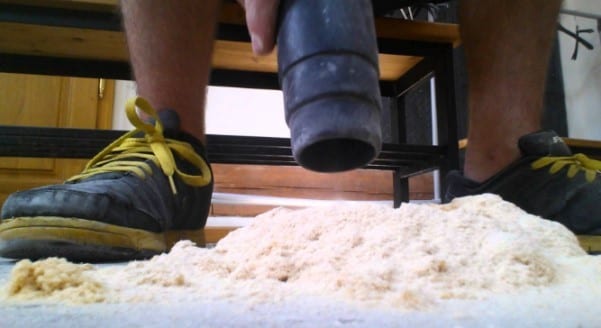
Source: https://www.youtube.com/watch?v=ZLMFo1YIJwA
Using brush on pickling
This is another way to pickle wood using latex primer sealer plus water. Water will help the primer to seep into the many crevices of wood. The trick is to sand the wood lightly so that the solution will be able to move into the wood in a more efficient manner.
Just like the previous technique, sand the piece you are working on lightly. This allows the solution to take on evenly on wood. Mix a part of white latex primer-sealer with 3 parts water.
Make sure that the two mix completely before applying on wood. Use a 4-inch brush, paint on a patch of the pickling solution.
Creating a pickled finish on wood with rubbing and wiping
There are some types of wood that will pickle slowly by not completely applying the pickled finish. This method is all about rubbing the finish and then wiping it off.
Apply the finish with a light rubbing motion and then wipe it off.
Using a clean, dry rag to work the pickling solution into the wood and this time rubbing against the grain.
Wipe with the grain to remove the excess of the finish and to expose the grain. Repeat the steps and work in patches until you cover the entire piece evenly.
Creating a pickled wood with CoatStir
CoatStir is a polyurethane clear finish and may be available in hardware stores and in woodworking shops. This is not so popular but those who have used it swear that it works well on any kind of wood.
It is easy to use CoatStir. Pour it into a lined paint cup and use a 2½-inch paintbrush to evenly coat the entire surface of the wood. Let the CoatStir dry for 24 hours.
When the finish is dry, sand lightly with a fine-grit sponge. Wipe down the surface thoroughly with a clean and dry rag. Apply a second coat of CoatStir and if you are working on wooden outdoor furniture, apply a third coat.
Conclusion
Pickling wood can be done using a variety of techniques but the most popular is using paint primer. Pickled wood furniture can resist insects and will protect wood from the elements especially when it is used outdoors.
